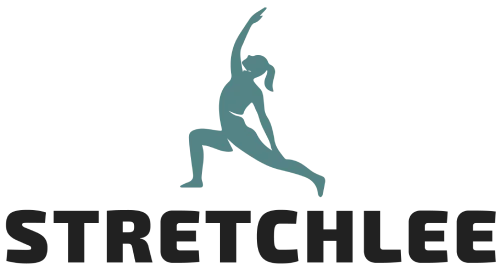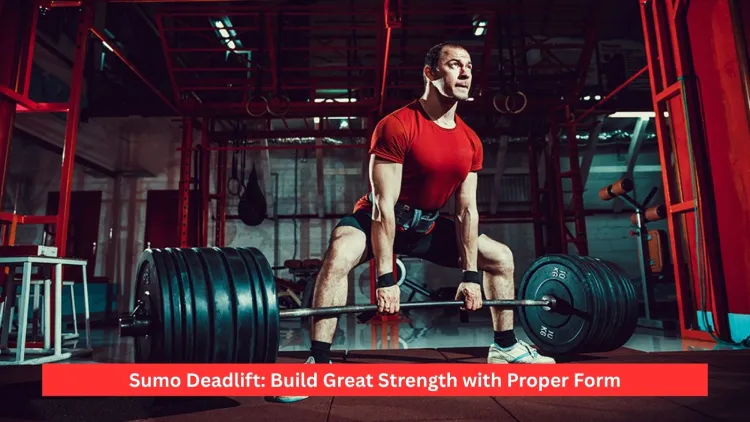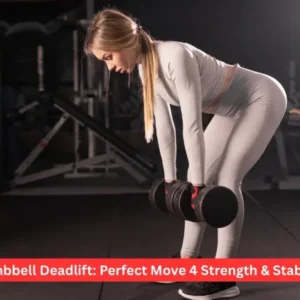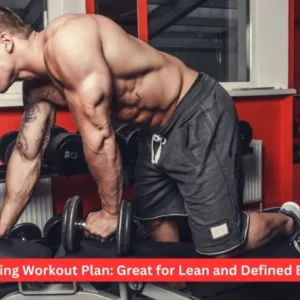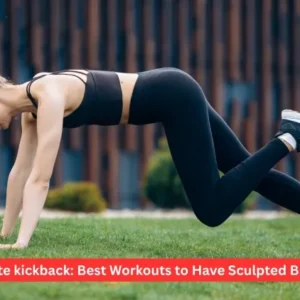Sumo deadlift is a lower-body exercise which is very powerful and strengthens the glutes, legs, hips, and core, but lessens the stress on the lower back. Its broad posture and straightening spine are perfect for individuals who want to adopt the best mobility, performance in sports/ activities, as well as have a balance of their muscles. Sumo deadlift works the body of power and symmetry, and thus, it is popular among all powerlifters, athletes, and even bodybuilders- anyone seeking to grow their glutes and legs fast without harming their body.
What Is a Sumo Deadlift?
Sumo deadlift is a variation of the conventional deadlift that uses a handsome, sumo stance that has feet in a wide separation, the hands on the barbell within the knees. This position enables a reduction in the range of motion, a more erect torso, and a reduction in stress on the lower back. This makes it very convenient for those lifters who have restrictions in their hip mobility or longer legs as well, because they can effectively make use of power output without losing proper form.
The sumo deadlift is more active through the hamstrings, lower back, and quadriceps as opposed to the conventional deadlift that is strong in the hamstrings, lower back and consequently the adductors. Due to this reason, it has become popular among several lifters as it has been perceived as the best method of training the hips and even the legs, but still retains the full body involvement that deadlifts benefits lifters.
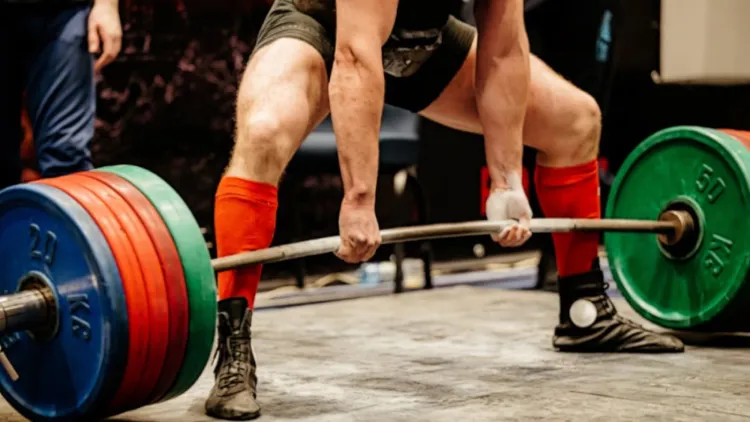
Muscles Involved in the Sumo Deadlift
Sumo deadlift is among the best compound exercises, that is, one that is employed in working many large body parts at once. Some of the target major muscles are:
- Gluteus Maximus: Will give hip extension power, and this is one of the best lifts for building up the glute.
- Quadriceps: Aid the extension of the knees in the first lifting phase.
- Hamstrings: Hold the hips and help in the pulling movement.
- Adductors (inner thighs): Necessary for stability and strength in the wide position.
- Erector Spinae: Annually strengthen the lower back and maintain posture.
- Real Muscles: These assist in preserving the back and keeping the body in the right posture.
- Trapezius and Rhomboids: The trapezius and rhomboid will be used to stabilise the shoulders in the lift.
The sumo deadlift would also be very good in terms of development of leg strength as well as overall symmetry since its position engages both the inner and outer thigh muscles.
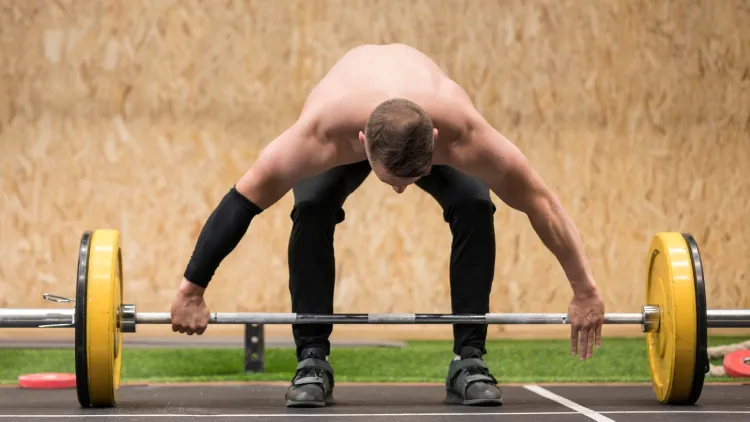
Advantages of the Sumo Dead like
1. Reduced Lower Back Stress
Among the greatest advantages of the sumo deadlift is possible to identify the decrease in lumbar pressure. This involves sitting erect spine and reduced distance used in pulling height, which makes it safe even for individuals who suffer from the discomfort of the lower back during regular deadlifts.
2. Improved Better Gluten and Hip Movement.
The broad squat of the sumo deadlift works the glutes more. Lots of females prefer this lift as it is effective on glutes and inner thighs muscles growth and strength in these points.
3. Builds Strong Legs and Core
Most individuals believe that deadlifts are not very helpful for the back, and the sumo deadlift defies this belief. It focuses on the legs, particularly the quads and adductors, whereas the core remains active to maintain the stabilisation of the torso. This eventually enhances balance, posture, as well as endurance of the lower body.
4. Any type of body is appropriate
The sumo deadlift is particularly helpful to those individuals who possess long legs or shorter arms since the position of the feet allows shortening the distance covered by the bar. It is also beneficial in keeping the physique in a better state.
5. Enhances Sports performance
Well-developed hips, glutes and legs are vital in running, jumping and explosive movement. The sumo deadlift makes the person more athletic and functionally strong when performed regularly.
6. Shorter Range of Motion
The short travel distance of the bar will contribute to lighter weight lifting in a safe place. This is the reason why powerlifters will also tend to utilise the sumo deadlift to compete with; it will enable them to be more efficient and still keep the muscles engaged fully.
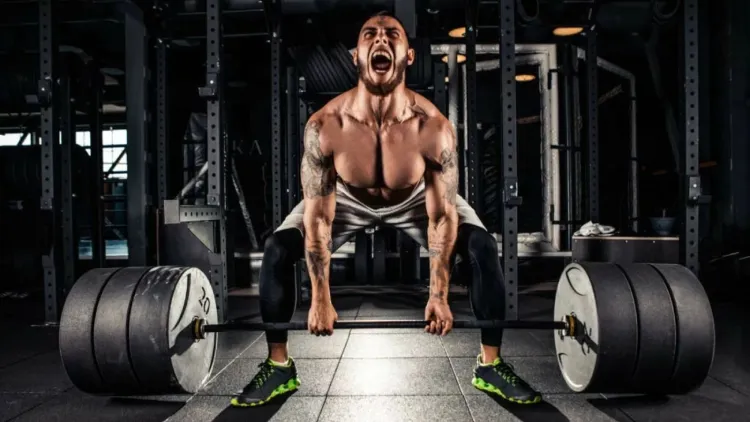
A Step-by-Step Guide to a Sumo Deadlift
Step 1: Set Your Stance
Bend with feet spaced approximately two times the shoulder-width in advance. Turn your toes outward towards the end. The barbell is to rest on the centre of the feet.
Step 2: Grip the Barbell
Bring your knees and hips into 90 90-degree reach down. Hold a bar in your knees, either in a double-overhand grip or in a mixed grip with heavier loads.
Step 3: Work Your Core and Lats
Draw your shoulders towards your back. Firm your back by wrapping up your digestive muscles so as to straighten your spine.
Step 4: Lift the Barbell
The foot that revolves should be put on the floor, pushing with the feet and propelling the hips ahead, lifting the bar. Make it intimate to touch the body and straight up as you stand on the top of the motion.
Step 5: Lower the Bar
Repeat the motion, pushing your hips back in the first place, then kneeling up. Slowly bring the bar close to the ground, but not down to the ground.
Sumo Deadlift Form Tips
- The most important thing in lifting is to support the chest upright and the back straight.
- Keep action in your lats so that you do not get around-shouldered.
- Focus on the push away using legs rather than the pull using the bar.
- It is not worth trying to stretch your back to its farthest extent at the top; just lock out your hips and knees.
- Balance and Safety against tipping. Keep your thighs tracking over your toes.
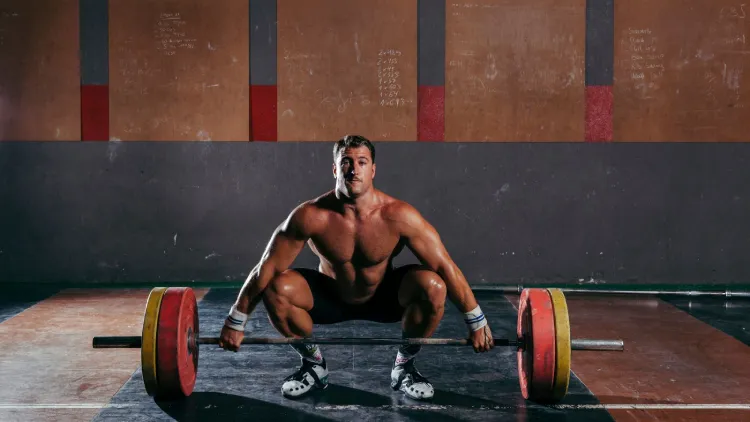
Sumo Deadlift vs Conventional Deadlift
| Feature | Sumo Deadlift | Conventional Deadlift |
| Foot Position | Wide | Narrow |
| Hand Grip | Inside knees | Outside knees |
| Torso Angle | Upright | Forward lean |
| Primary Muscles | Glutes, quads, adductors | Hamstrings, lower back |
| Back Strain | Lower | Higher |
| Range of Motion | Shorter | Longer |
Both are useful, although the sumo deadlift is less spinal-load-detrimental and focused on the glutes and hips. People of longer limbs or mobility problems will find it easier and safer to execute.
Common Mistakes to Avoid
- Round the Back: This designates the danger of injury–hold on a shaped lordly spine.
- Too High or Too Low on Hips: A Hip position that is not correct decreases power.
- Bar Too Far from the Body: That bar must remain close to your shins.
- Failure to Engage the Lats: Lat instability causes instability.
- Shaking the Bar off the Ground: Only jerky movements are not good, although something turns out to be.
Sumo Deadlift Variations
1. Deficit Sumo Deadlift
The sumo deadlift, based on a high surface, increases the scope of the motion and the force of the legs.
2. Resistance Band Sumo Deadlift.
Carrying bands enhance tension on the top lining to augment lockout strength.
3. Dumbbell Sumo Deadlift
The simplest one that can reach the mechanics of a hip hinge with the help of a cheaper weight.
4. Kettlebell Sumo Deadlift
Ideal to use with those new or when at home, to assist in the development of form, then one can move to the barbell.
5. Sumo Deadlift High Pull
A variant of power-building which adds an upper-body pull to explosive strength.
Programming of Sumo Deadlift
You may combine the sumo deadlift with lower-body or full-body training. It is best suited to work on one of your leg days or a pull day during which your body is not tired.
- For Strength, 3 to 5 sets of 3 to 5 reps with the percentage of max 80 to 90.
- In case of Muscle Growth: 3-4 sets of 6-10 with moderate weight.
- To accomplish Endurance or Conditioning: 2-3 sets of 12-15 reps using lighter loads.
One can work with lighter weights to be able to master the form and then increase to heavier weights. In the long run, the consistency will result in the enhancement of glute and leg strength, posture, and power.
Safety and Precautions
Although the sumo deadlift is considered to be non-threatening to the hips and back, improper posture is very important. At all times, warm up with the moves of the dynamic and light sets. One should not bounce the bar off the floor, which may be stressful on the joints. In case your hip/knee is problematic, then just speak with a trainer or physical therapist before trying anything heavy.
The grip can also be very varied – a mixed grip (one hand overhand, one underhand) could allow holding the bar straight without trouble (in case of heavy lift), and a hook grasp would provide a good grip for higher achievements in lifting.
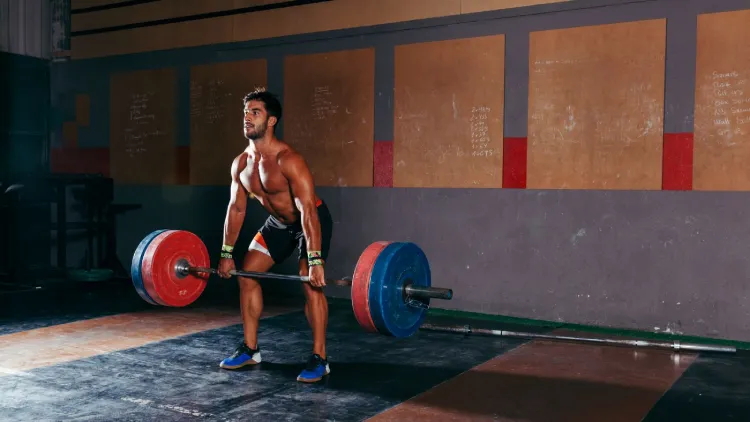
Who makes the best out of the Sumo Deadlifts?
The sumo deadlift is useful to almost everyone, including beginners and elite athletes. This is especially beneficial to individuals people having long legs or shorter arms or whose back is at risk of becoming strained. Women tend to like this style as it gives a hard and high stimulation on the glutes and inner thighs without making the person uncomfortable or in an awkward posture.
Although critics say that the sumo deadlift is not a deadlift due to less range of motion, it is perfectly legal in a powerlifting competition. They are both legitimate forms, and they represent a regard for individual anatomy and comfort.
Final Thoughts
One of the best exercises that helps in improving lower body power, strengthens glutes and leg power, and spinal stability is the sumo deadlift. Its distinct position promises to involve the hips and quads, akin to the minority of cases compared to the regular deadlifts, which is more effective on some body variations.
The sumo deadlift is a key ingredient in every strength training program because of its benefits of improving the development of the glutes, lifting performance, and having strong and well-designed hips. Form takes time, work, and experience to achieve the power, age and stability and confidence that accompany mastery of this powerhouse.
Frequently Asked Questions
1. Does the sumo deadlift stretch the glutes?
Admittedly, glutes and inner thighs are better met with the sumo deadlift thanks to the wide stance and back posture.
2. Can a beginner have sumo as a deadlift?
Yes. It is easy to do and is less demanding on the lower back than the standard deadlift.
3. What are sumo deadlifts?
It should have good hip movement and should involve less back involvement, as there is limited movement.
4. Who is this exercise, the deadlift of sumo, beneficial to?
Individuals with long legs, short arms, and complications to the lower back enjoy the greatest benefit of the sumo squat.
